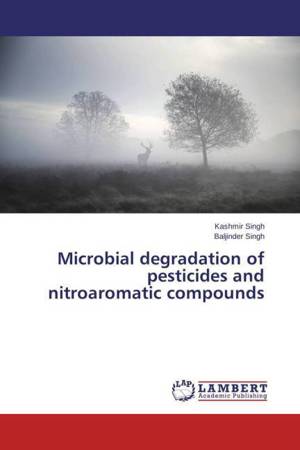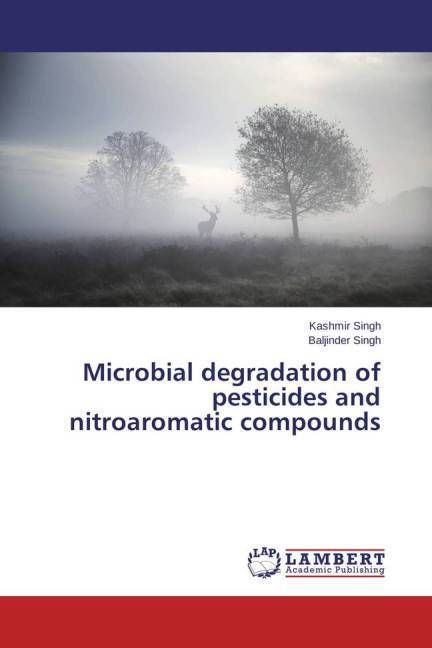
- Afhalen na 1 uur in een winkel met voorraad
- Gratis thuislevering in België vanaf € 30
- Ruim aanbod met 7 miljoen producten
- Afhalen na 1 uur in een winkel met voorraad
- Gratis thuislevering in België vanaf € 30
- Ruim aanbod met 7 miljoen producten
Zoeken
Microbial degradation of pesticides and nitroaromatic compounds
Kashmir Singh, Baljinder Singh
Paperback | Engels
€ 68,45
+ 136 punten
Omschrijving
The widespread uses of synthetic chemicals in agriculture, industry, and military operations have introduced many anthropogenic compounds to the biosphere. The use of organophosphate pesticides has become an integral part of the modern agricultural system. One of the most important environmental concerns with organophosphate pesticides is accumulation of residues in soil, food products and water supplies. Due to international concerns about the repeated use of organophosphate pesticides, there is a great need to develop safe, convenient and economically feasible methods for organophosphate pesticides detoxification. The living organisms of the soil biota and aquatic system affected by organophosphate pesticides include bacteria, fungi, microalgae and invertebrates. Microbial degradation is often the primary process that regulates the aerobic decay of organophosphate pesticides. The main focus of the research described here encompasses basic science to discover pathways and evolutionary implications of aerobic biodegradation of organophosphate pesticide, malathion and nitroaromatic compound TNP.
Specificaties
Betrokkenen
- Auteur(s):
- Uitgeverij:
Inhoud
- Aantal bladzijden:
- 192
- Taal:
- Engels
Eigenschappen
- Productcode (EAN):
- 9783659680670
- Verschijningsdatum:
- 20/02/2015
- Uitvoering:
- Paperback
- Afmetingen:
- 150 mm x 220 mm
- Gewicht:
- 290 g

Alleen bij Standaard Boekhandel
+ 136 punten op je klantenkaart van Standaard Boekhandel
Beoordelingen
We publiceren alleen reviews die voldoen aan de voorwaarden voor reviews. Bekijk onze voorwaarden voor reviews.








